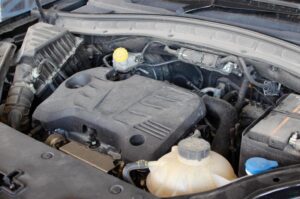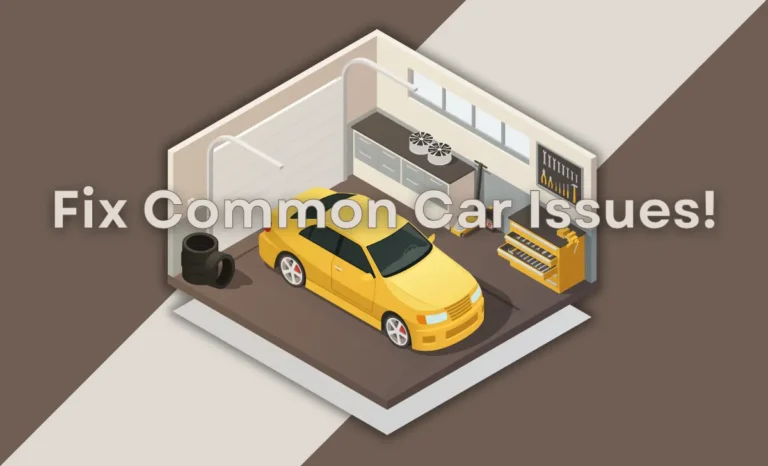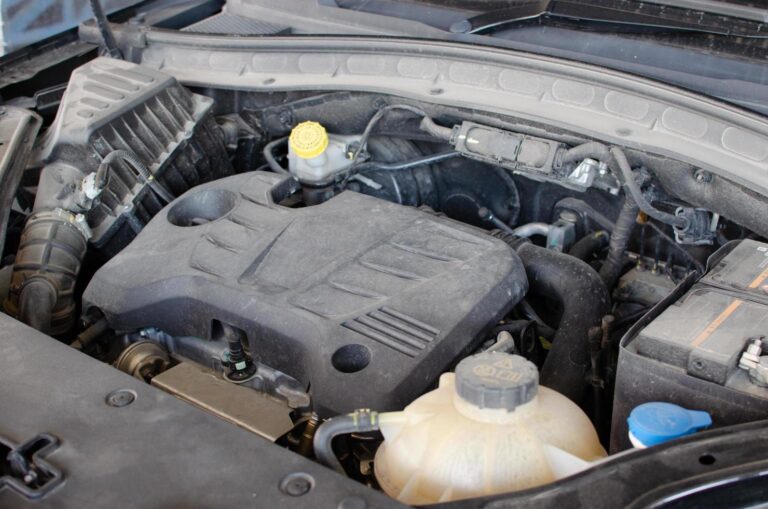
In this article
Keep Your Car Engine Cool: Important Tips for Checking, Replacing, and Maintaining Vehicle Coolant
Maintaining your vehicle’s coolant system isn’t just an automotive task—it’s an essential part of keeping your car running smoothly and efficiently. The engine is overheating can lead to costly mechanic shop and ensuring that the coolant stays at the right level is important for performance. Whether you’re a seasoned DIY mechanic or a newbie car owner, getting the craft of coolant maintenance will assign you to take charge of your vehicle’s life. In this post, we’ll show how to check, replace, and maintain your car coolant.
Why is Coolant Important in Your Vehicle?

Coolant is one of the mixtures of water and antifreeze that will help regulate your engine’s temperature by circulating through it and preventing overheating. It also protects the engine from corrosion and ensures that the heat is away from critical parts. Monitoring your coolant levels not only prevents overheating but also extends your engine’s life.
Checking Your Coolant Levels
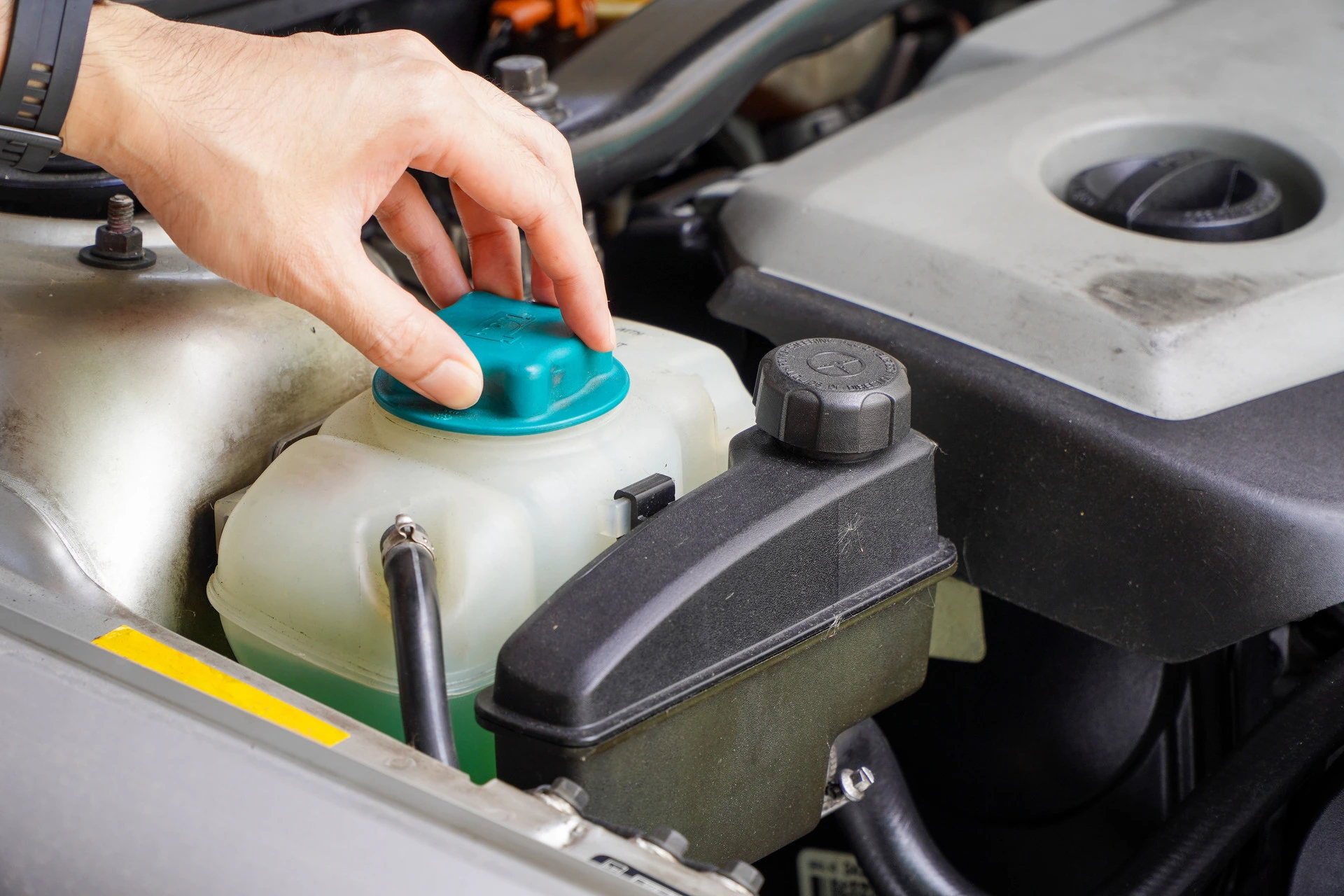
When and How to Check
Regular coolant checks should be part of your routine maintenance, especially during oil changes or before long trips. Here’s how to do it:
- Let the Engine Cool: Never check the coolant when the engine is hot. Pressure from a hot system can cause burns.
- Locate the Coolant Reservoir: It’s a clear plastic tank near the radiator with minimum and maximum level markers.
- Check the Fluid Level: The coolant should be between the minimum and maximum marks. If it’s below the minimum, add more coolant.
- Inspect Color and Consistency: Healthy coolant is bright (typically green, orange, or pink) and debris-free. If it looks dark or muddy, consider replacing it.
Tip: Foamy or particle-filled coolant may indicate contamination or engine trouble. If you have doubts, consult a mechanic.
Replacing Your Coolant
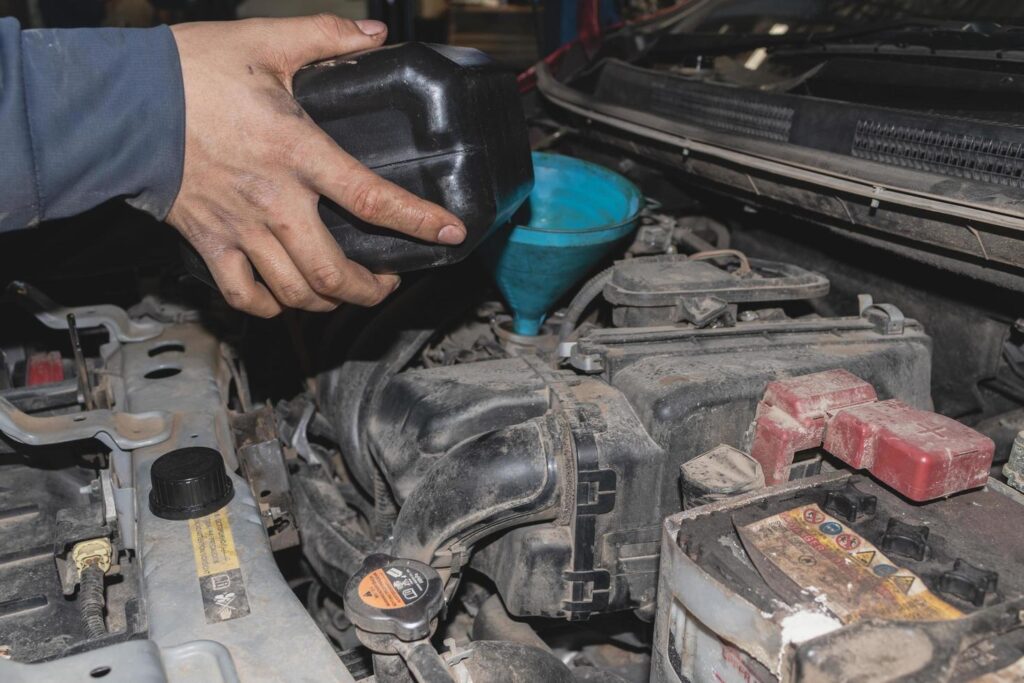
When to Replace
Most manufacturers recommend changing coolant every 30,000 to 50,000 miles. Check your owner’s manual for specific guidelines. Signs that it’s time to change:
- Unusual coolant color or smell
- Frequent overheating
- Leaks under the car
Steps to Replace Coolant
- Gather the Supplies: You’ll need a new cooler, a funnel, a strainer pan, and gloves.
- Drain the Old Coolant:
- Safety First: Make sure the engine is cool.
- Locate the Drain Plug: It’s at the bottom of the radiator. Place a pan underneath, then open the plug to drain the old coolant.
- Flush the System (Optional): You can flush the system with water to remove residue. Close the drain plug afterward.
- Add New Coolant:
- Use a funnel to pour in the recommended coolant. Follow manufacturer guidelines for mixing with water if needed.
- Fill the reservoir to the maximum mark.
- Bleed the System (if required): Some cars need the air to be bled from the system after a coolant change. Check your manual for instructions.
Dispose of Old Coolant Properly
Properly dispose of old coolant at a recycling center, as it’s toxic and harmful to the environment.
Maintaining Your Coolant System
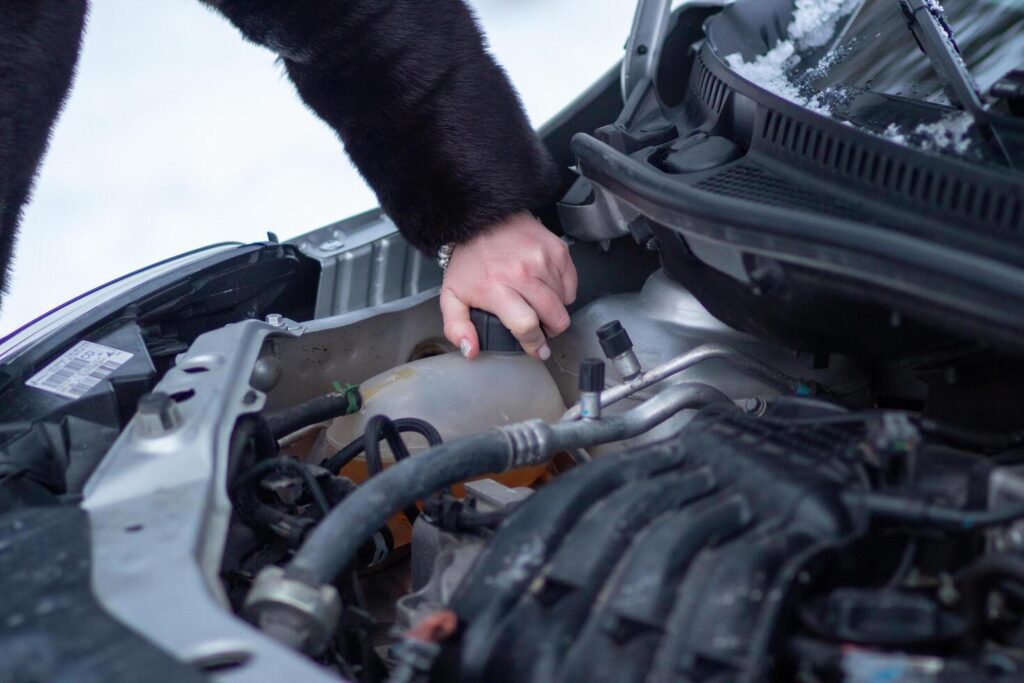
Regular Checks and Maintenance Tips
- Monthly Inspections: Check the coolant level in the reservoir and look for any leaks under the vehicle.
- Monitor Temperature Gauges: If your dashboard temperature gauge consistently runs high, there may be an issue with the coolant system.
- Inspect Hoses: Look for cracks or wear in the hoses connected to your radiator and coolant reservoir, and replace them if necessary.
Keep it Clean
- Clean the Reservoir: Every couple of years, clean the inside of the coolant reservoir to remove grime that can affect the coolant’s performance.
- Use the Right Coolant: Stick to the manufacturer’s recommended coolant type to avoid clogs or system damage.
Signs of Trouble
Watch for these warning signs that something is wrong with your coolant system:
- Frequent overheating
- A sweet smell from coolant leaks
- Shallow coolant levels
Important Reminder: If you notice any of these issues, seek professional help immediately to avoid serious engine damage.
Conclusion
Maintaining your vehicle’s coolant is simple yet vital. Check your vehicle regularly timely replacements, and properly care to get your vehicle performance and longevity. Gain the proper knowledge and regular maintenance, you can ensure your car runs well and avoids overheating.
So, grab your tools, check your coolant, and feel confident in caring for your vehicle! If you found this guide useful, don’t hesitate to share it with follow-on car enthusiasts or anyone looking to extend their car’s life.
For more information on vehicle maintenance, consider checking out platforms like YourMechanic for professional advice or referring to your vehicle’s owner manual to get specific maintenance recommendations.

